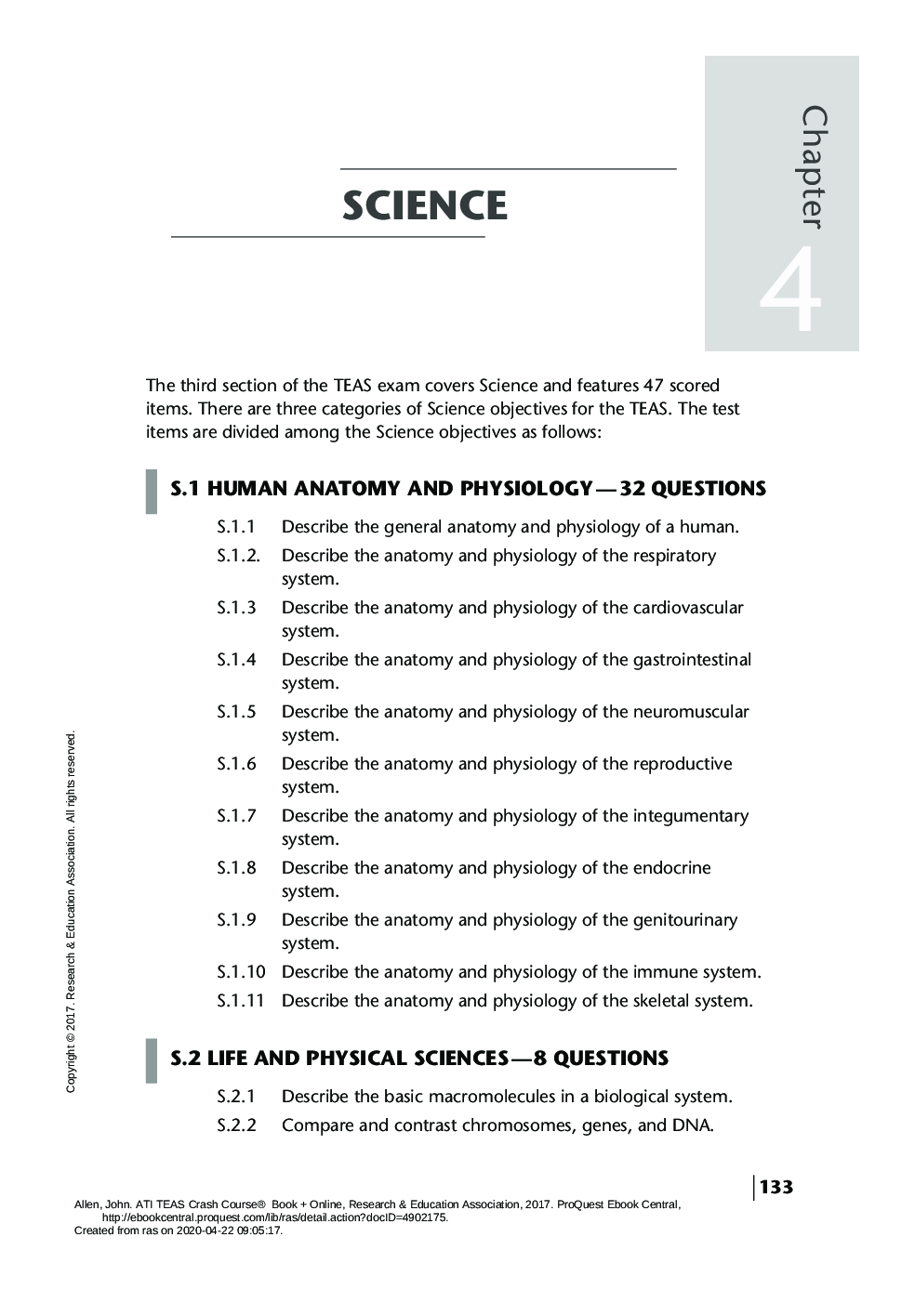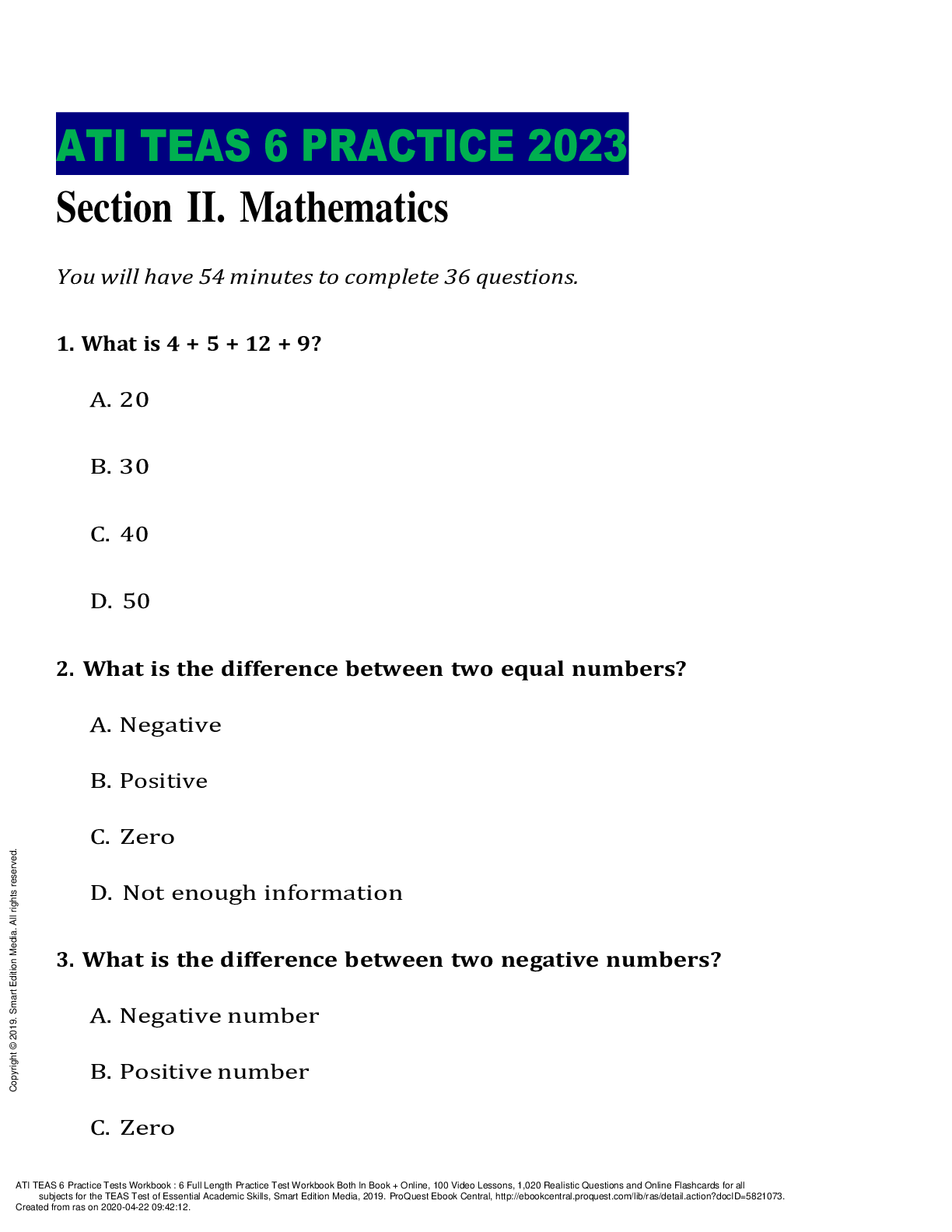Medical Studies > QUESTIONS and ANSWERS > ATI real life postpartum hemorrhage; Scenario Nurse Dee is preparing to assess Ms. Hodges's uterus. (All)
ATI real life postpartum hemorrhage; Scenario Nurse Dee is preparing to assess Ms. Hodges's uterus. (answered with rationale)
Document Content and Description Below
ATI real life postpartum hemorrhage Scenario Nurse Dee is preparing to assess Ms. Hodges's uterus. Question Nurse Dee is preparing to assess Ms. Hodges's uterus. Which of the following images demo... nstrates the technique she should use to palpate the fundus of the uterus? Selected Option Image of the nurse using two hands, with the upper hand over the fundus, or umbilical area, and the lower hand supporting the lower uterine segment (Text: Nurse Dee places one hand over the umbilical area and the other hand below the umbilical region to support the area she is palpating with the hand above.) Rationale The correct position for the nurse to place her hands is above the fundus and below the lower uterine segment just above the symphysis pubis. This allows the nurse to cradle the uterus while assessing uterine integrity. Scenario Following a postpartum assessment, Nurse Dee is choosing a priority action. Question Nurse Dee has completed a postpartum assessment of Ms. Hodges. Which of the following is the priority action at this time? Selected Option Assist Ms. Hodges to empty her bladder. Rationale The nurse should assist the client to empty her bladder. A distended bladder can interfere with the ability of the uterus to contract and increase the risk of hemorrhage. Scenario Nurse Dee is preparing to notify the provider about Ms. Hodges's increased bleeding. Question Nurse Dee is preparing to notify the provider about Ms. Hodges's increased bleeding. Which of the following laboratory tests should the nurse anticipate the provider will prescribe? (Select all that apply.) Selected Option Platelet Hemoglobin Hematocrit Rationale The nurse should anticipate the provider will order the following laboratory tests: hemoglobin, which is an indicator of the number of RBCs and decreases during hypovolemia and hemorrhage; hematocrit, which is the percent of RBCs in the total blood volume, and decreases during hypovolemia and hemorrhage; platelets, which are cell fragments that facilitate blood clotting and a decrease in the number of circulating platelets can increase a client's risk for bleeding [Show More]
Last updated: 2 years ago
Preview 1 out of 4 pages

Buy this document to get the full access instantly
Instant Download Access after purchase
Buy NowInstant download
We Accept:

Reviews( 0 )
$9.50
Can't find what you want? Try our AI powered Search
Document information
Connected school, study & course
About the document
Uploaded On
Jul 06, 2021
Number of pages
4
Written in
Additional information
This document has been written for:
Uploaded
Jul 06, 2021
Downloads
0
Views
159











